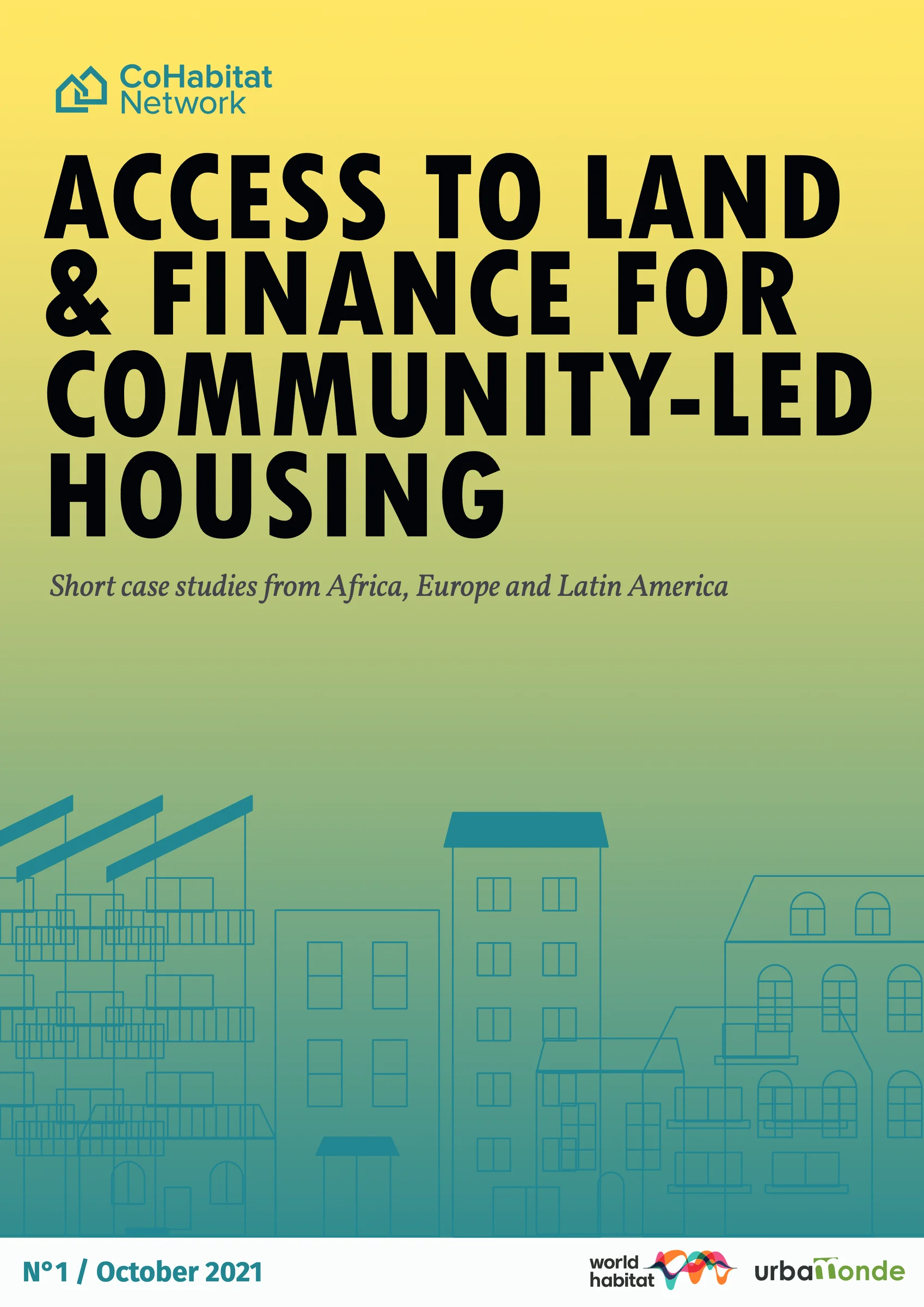🌍Context and Purpose
This publication titled "Access to Land and Finance for Community-Led Housing" is part of a collaborative initiative by the CoHabitat Network, which includes World Habitat and urbaMonde. These organizations aim to promote community-led housing as a sustainable solution for urban living. The document provides short case studies from Africa, Europe, and Latin America, highlighting innovative community-led housing projects that secure land and access to finance.
📝Overview of Community-Led Housing
Community-Led Housing (CLH) encompasses various practices whereby people collectively manage and take control of their living environments. This approach is not only about housing but also includes communal spaces for recreational and income-generating activities. While CLH does not guarantee environmentally friendly construction, it empowers residents to make collective decisions, encouraging social inclusion, affordability, and eco-conception innovations.
🔑Importance of Land and Finance
Access to land with tenure security and affordable finance is crucial for the success of CLH projects. The publication explores these elements through case studies, showing how different communities have navigated challenges to secure their living environments. The CoHabitat Network promotes solidarity finance through initiatives like the Habitat Solidarity Fund, which connects donations and loans to support grassroots organizations.
🏘️Case Study Highlights
The document details several successful community-led housing initiatives.
- Granby 4 Streets, Liverpool, UK: This community land trust prevented the demolition of traditional houses through revitalization efforts. They secured funding from various sources, including grants and interest-free loans, enabling them to refurbish 11 homes and build a community winter garden.
- Ecovillage Aldea Feliz, Colombia: A group of 15 households pooled resources to buy a 3.5-hectare plot of land. The community used collective building methods, focusing on sustainability and local materials, successfully constructing 10 homes and communal facilities.
- Barrio Intercultural, Argentina: This project involved the restitution of ancestral Mapuche land to the Curruhuinca community. Supported by government grants and loans, it provided affordable housing for 110 families on communal land, emphasizing cultural appropriateness and environmental sustainability.
- La Borda Cooperative, Barcelona, Spain: As the first cooperative in Spain to implement a “grant of use” model, La Borda was built on public land leased for 75 years. The cooperative emphasizes affordability and sustainability while providing a strong social purpose.
- Senegalese Federation of Inhabitants, Dakar: This federation has successfully rehabilitated homes affected by flooding through a revolving fund system. With over 12,000 members, it promotes community savings and access to affordable housing finance, focusing on self-built improvements.
📊Financial Mechanisms
The publication provides insights into various financial mechanisms used across these case studies. For instance, Granby 4 Streets utilized a combination of interest-free loans, grants, and community fundraising, while Aldea Feliz focused on collective loans and income-generating activities to support construction. Each project exemplifies innovative approaches to secure funding and land access.
🌱Conclusion
Through these case studies, the publication illustrates the potential of community-led housing to address housing crises and promote sustainable urban living. It emphasizes the need for collaborative efforts among community members, local authorities, and NGOs to create effective and inclusive housing solutions.

